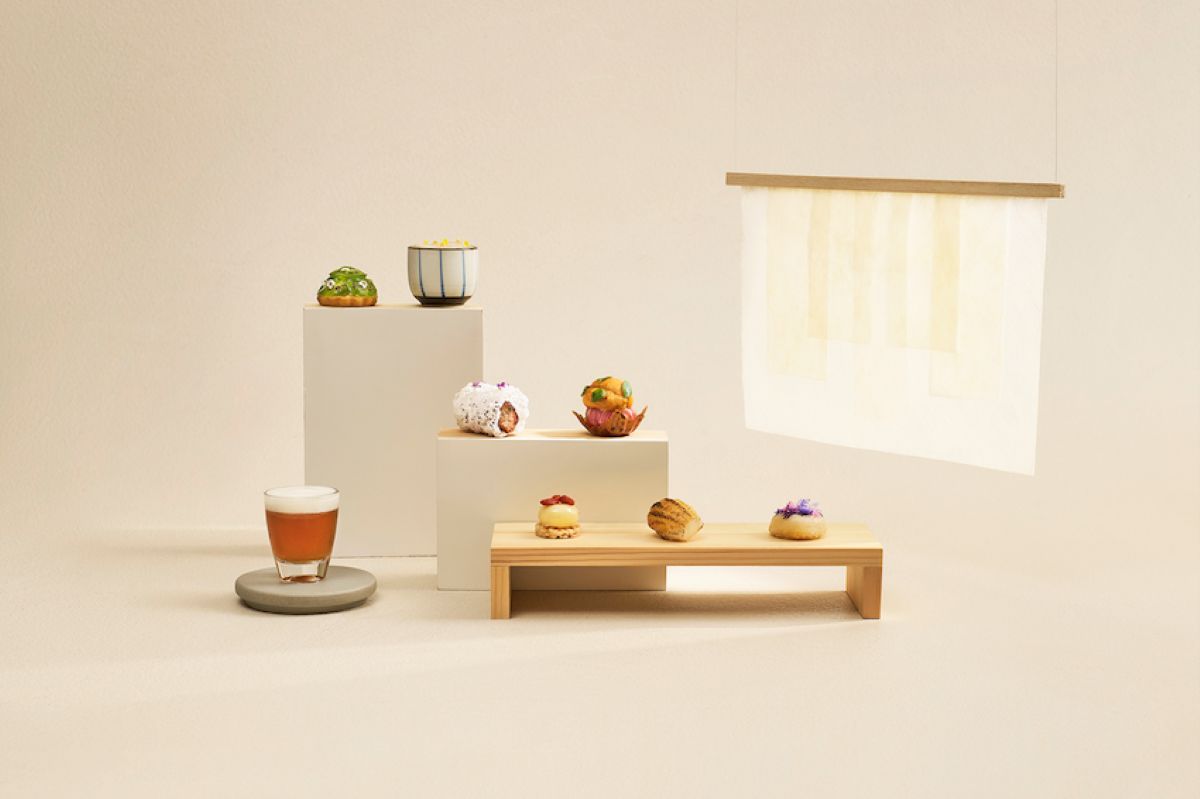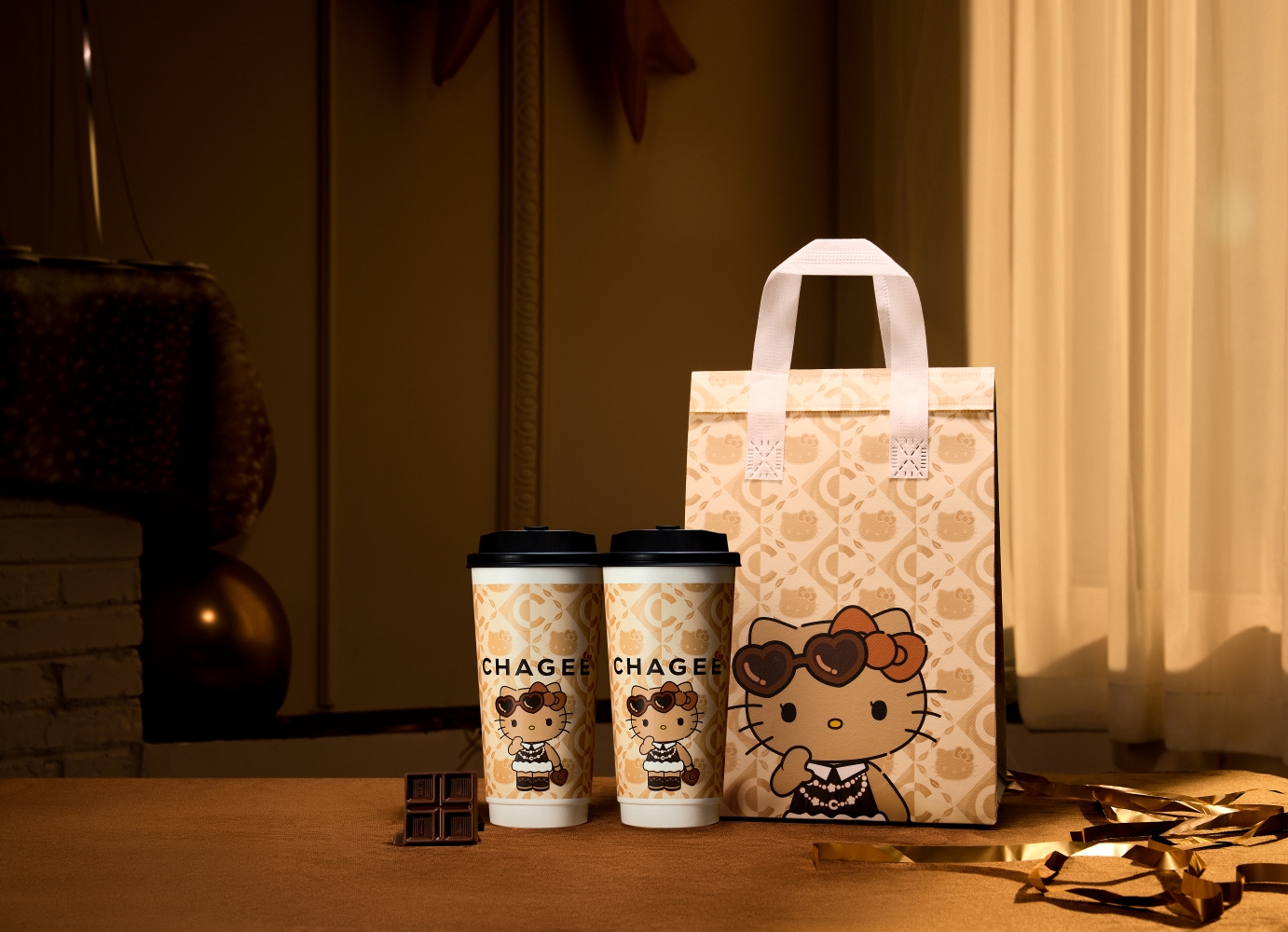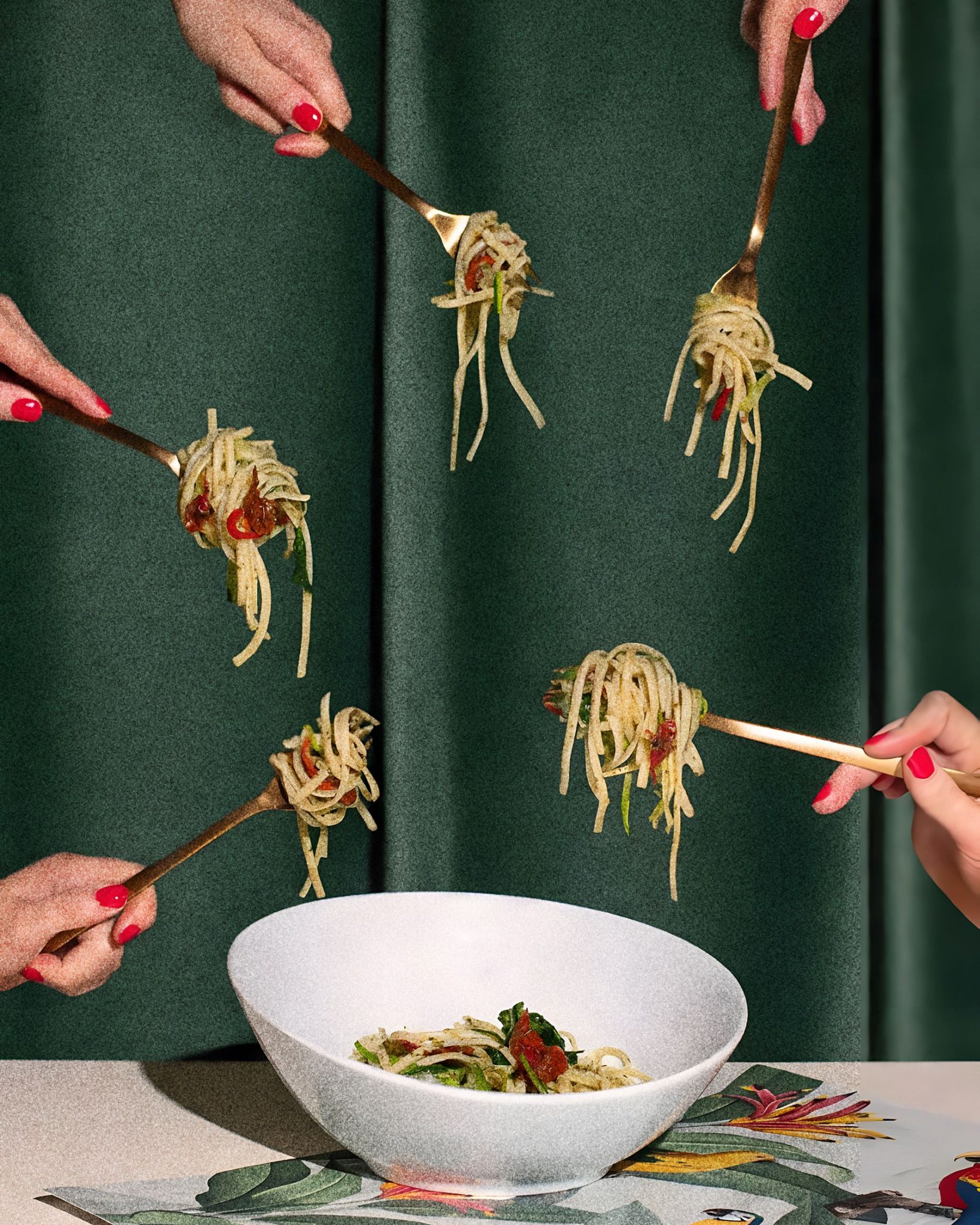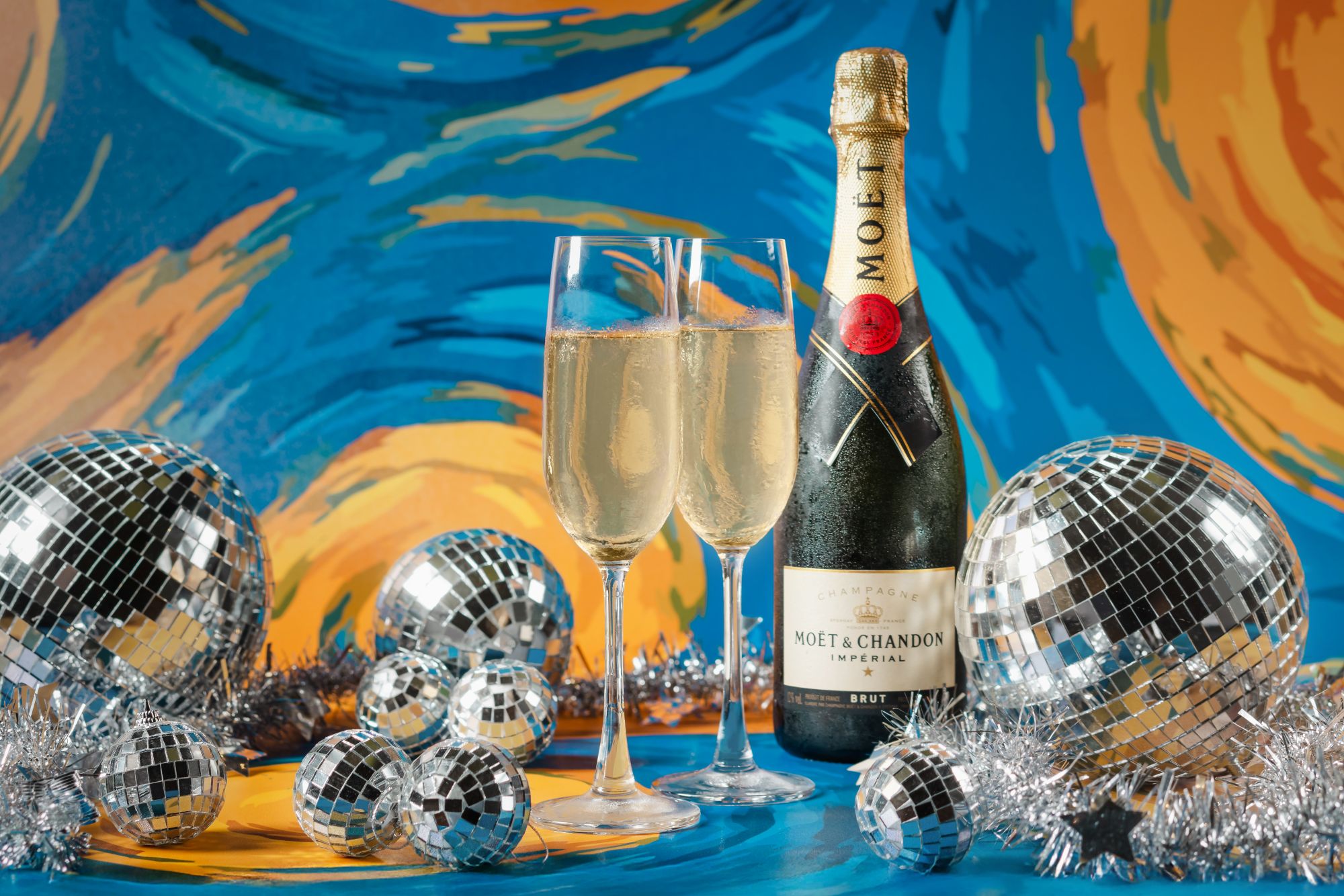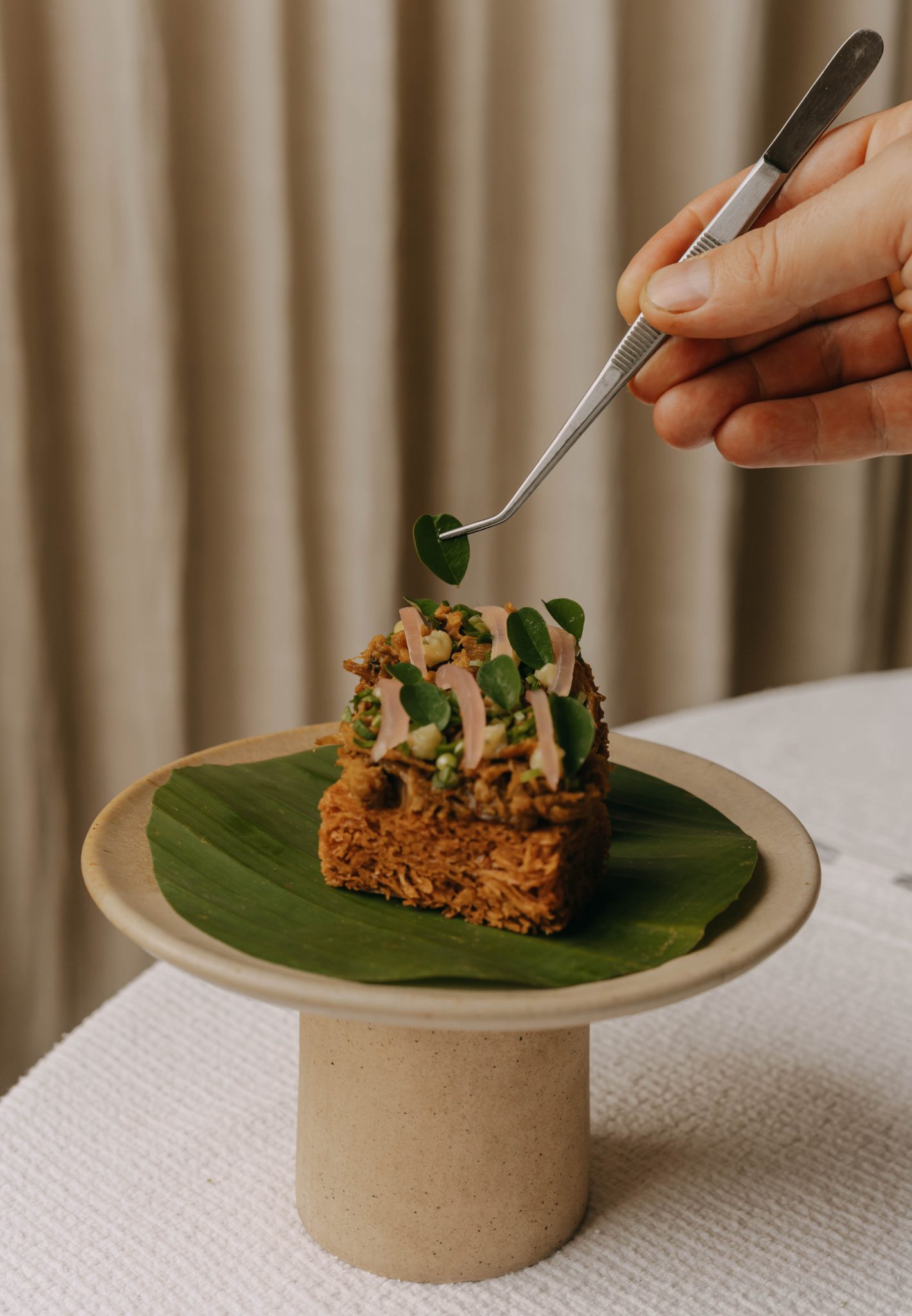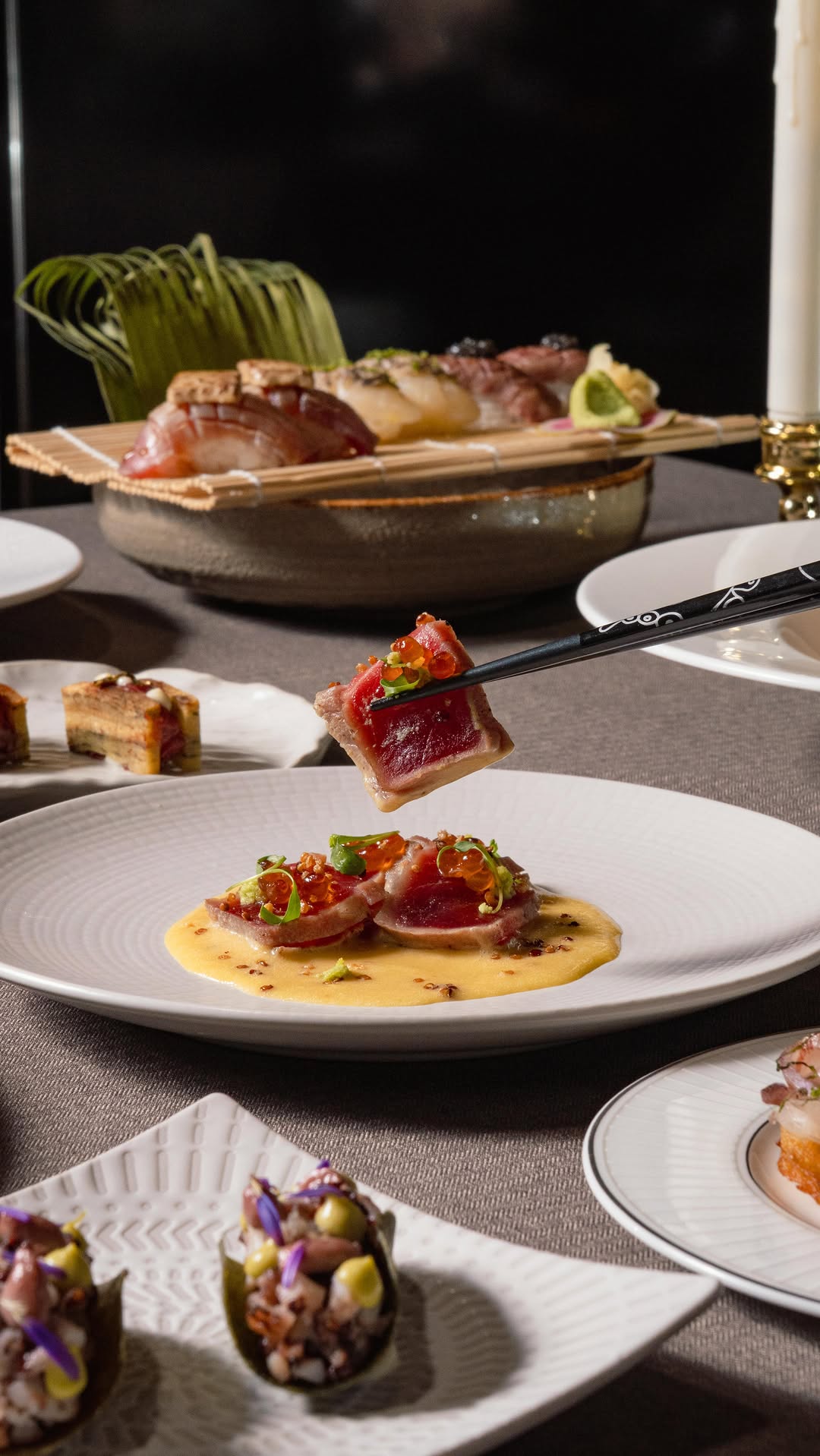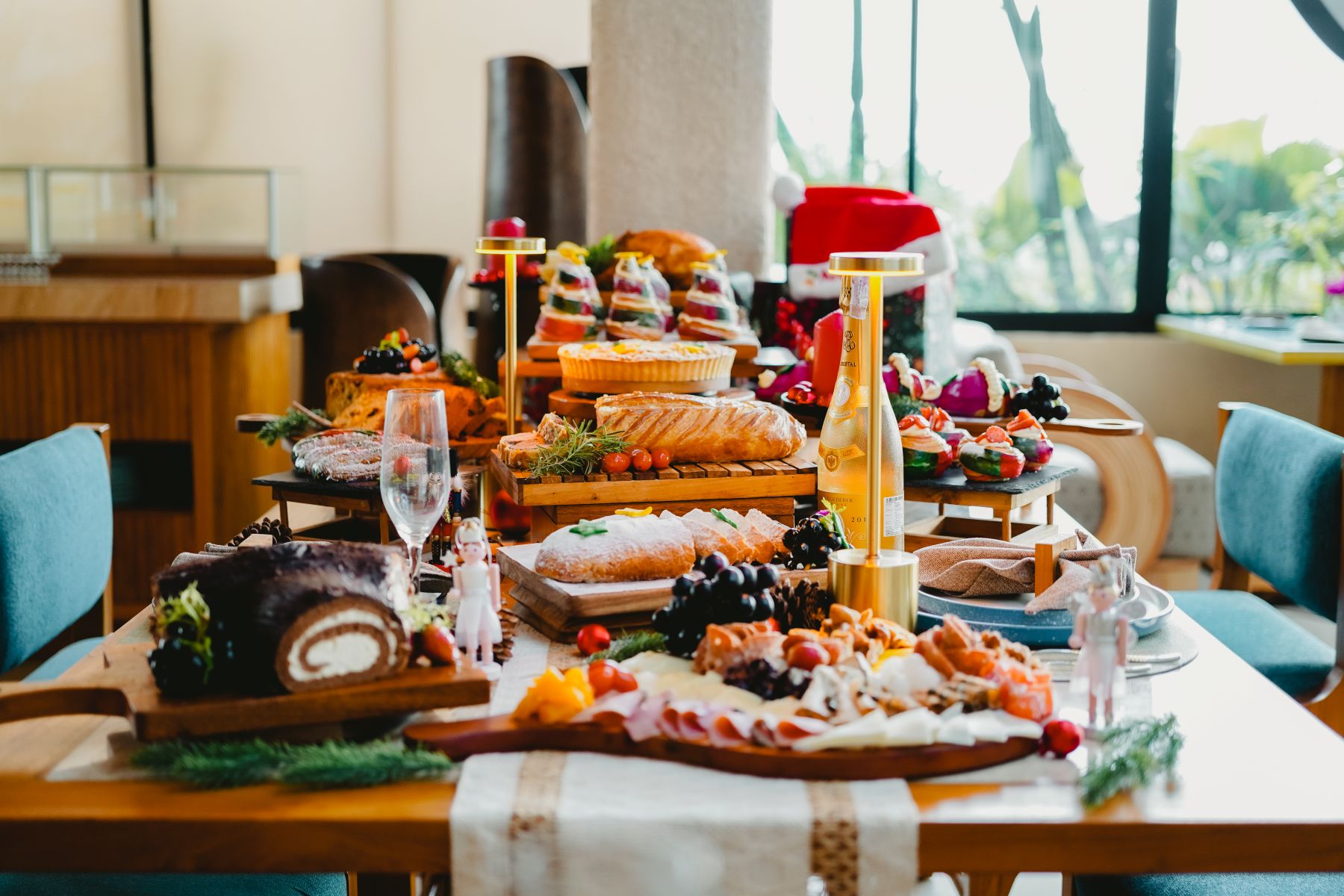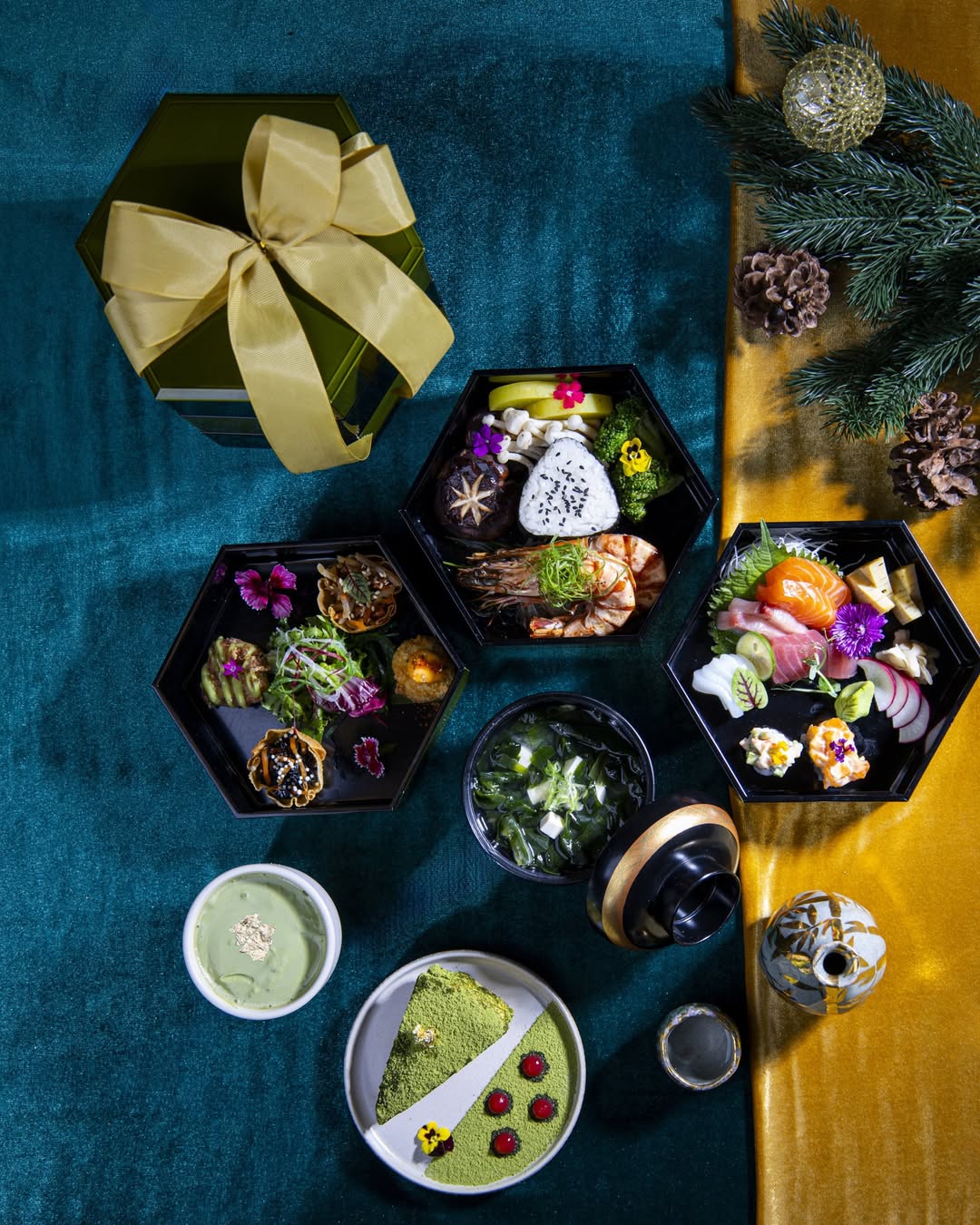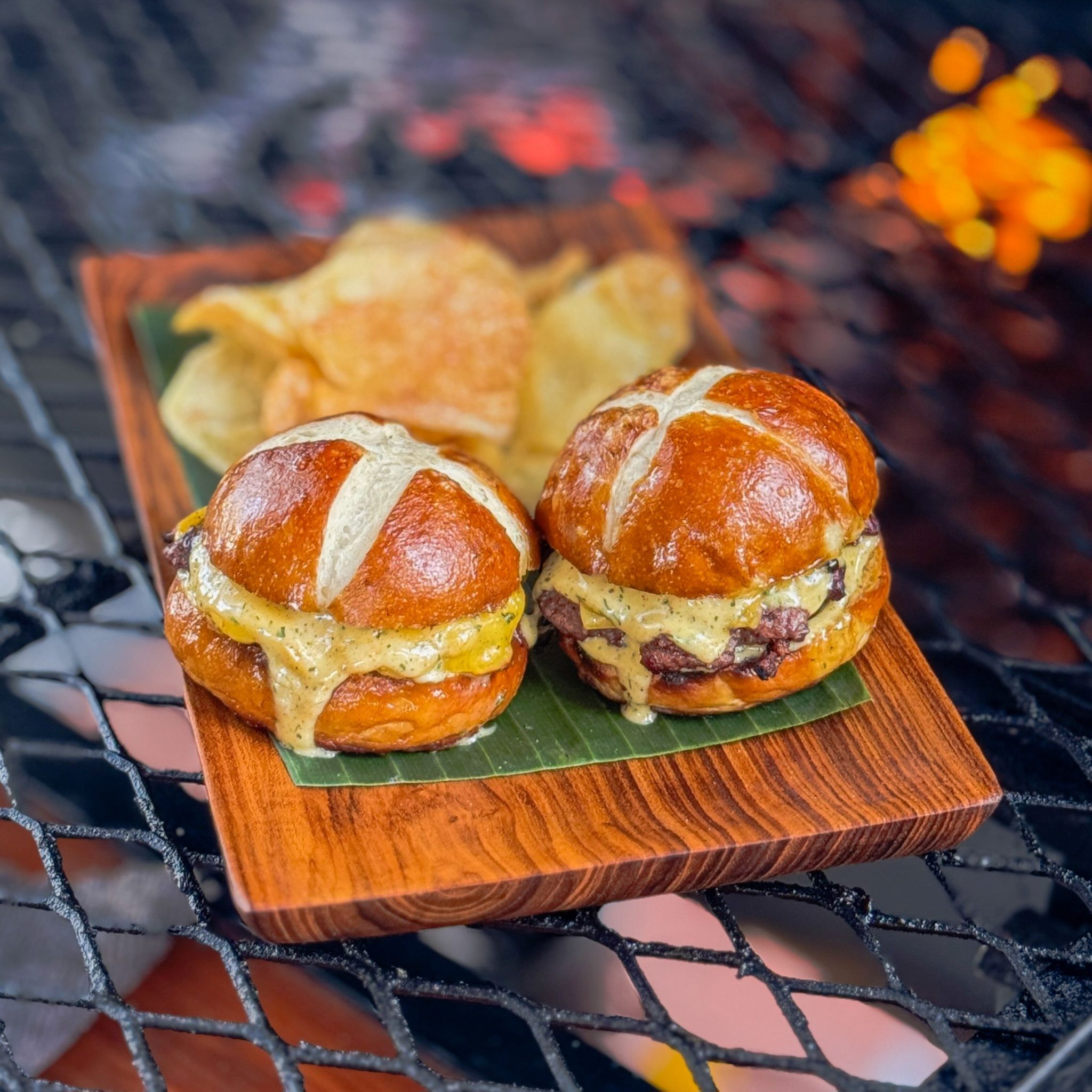NAE:UM, the Michelin-starred restaurant by Chef Louis Han, presents Episode 9: A Hanok Prelude, a new seasonal menu that draws inspiration from the chef’s dream of a serene ‘hanok’ homestay in the mountains of Seoul. Available from 1 April 2025 through the summer, the menu is a forward-looking tribute to traditional Korean culture, offering dishes rooted in hansik while reinterpreting them through a modern lens. This episode also foreshadows NAE:UM’s physical transformation later this year into a hanok-inspired dining space within its current Telok Ayer shophouse.
This latest menu draws inspiration from Han’s long-held dream of building a hanok—a traditional Korean house—nestled in the quiet mountains of Seoul. In this imagined retreat, far from the city’s energy, Han envisions a setting where time slows, meals comfort, and guests connect with nature and memory. These themes guide the dishes presented in Episode 9, which is designed to reflect the understated tranquility of a hanok and the healing qualities of traditional Korean cuisine, or hansik.
Episode 9 is available as a 6-course Classic menu (S$228++), 8-course Signature menu (S$268++) for dinner from Mondays to Saturdays, and lunch on Saturdays. A 5-course Episode: Recollection Weekday Lunch menu (S$188++) is also offered on Thursdays and Fridays, with the option to add the restaurant’s signature memilmyeon buckwheat noodles at an additional S$38++.
View this post on Instagram
The 6-course Classic menu begins with dishes that explore familiar yet nuanced flavors. One such example is the Tomato Dongchimi, a cold starter of sashimi-grade seasonal fish and koji-fermented daikon suspended in clarified tomato jelly. The dish is completed with avocado cream, spring herbs, Oscietra caviar, and a chilled tomato dongchimi broth touched with chilli oil. The interplay between fermentation and freshness references traditional Korean preservation techniques with modern sensibilities.
A second course, Chogye, is a spring-inspired version of a North Korean-style cold chicken soup. Here, pan-seared Korean squash ribbons are paired with canola blossoms seasoned with soy sauce and sesame oil, while a zucchini flower stuffed with chicken farce is placed in a tangy chicken broth enhanced by house-blended kombu vinegar and mustard.
Episode 9 also acts as a preview of what lies ahead for NAE:UM physically. Later this year, the restaurant will undergo a transformation into a space influenced by hanok architecture within its current location at Telok Ayer. This renovation reflects Han’s deep appreciation for historic buildings and traditional forms, aligning the restaurant’s physical space with the philosophy behind its evolving menus.
Several other dishes in Episode 9 continue to explore the intersection between memory, heritage, and contemporary interpretation. The Diamond course reimagines comforting Korean stews by pairing dashi-braised daikon and cabbage namul with a confit fish, finished with a doenjang brown butter sauce. Another course, So Galbi, pays tribute to Korean barbecue. Beef short ribs are marinated with soy sauce infused with Korean wild chives and grilled over binchotan charcoal. Served alongside are pan-seared daikon, mushrooms, grilled asparagus, onion, a kale salad with a Korean-style vinaigrette, and a wild chive dipping sauce known as dallae jang.
Also on the Classic menu is Yeonnip, a dish centered on croaker fish—a species traditionally reserved for important guests. NAE:UM’s version involves a multi-step process: salting, dry-aging with hay and charcoal, steaming in a lotus leaf, and grilling over binchotan. The cooked fish is mixed with short-grain rice, lotus root, gingko nuts, and other vegetables, and finished with omelette ribbons and ikura. It is served with three rotating banchan sides, including the house-made baek kimchi.
For dessert, Ddalgi is inspired by rural hanok traditions where fruit trees grow around the home. The dish centers on strawberries, presented with a light meringue dome filled with berry salsa, vanilla yogurt, and yakju jelly. A strawberry and hongcho (fruit vinegar) sorbet is added, along with shiso oil for aromatic lift.
The 8-course Signature menu builds on these themes while introducing additional new dishes. Among them is Duckgalbi, where a minced duck ball glazed in sweet chili sauce is grilled over binchotan. Wrapped in a crispy rice shell, the ball contains a rice cake center for added texture and depth.
Another Signature course, Memilmyeon, updates a classic cold buckwheat noodle dish by tossing noodles with white kimchi, chives, perilla oil, shallots, crab soy, and garlic. This is served with a tobiko sauce and pickled aged cucumber. The dish is topped with abalone, which is first braised then pan-seared, drawing on the flavors of golbaengi muchim, or Korean spicy whelk salad. A side of savoury dashi completes the course.
The meal concludes with Jooak, a take on Korean rice cake typically made in a hanok kitchen. NAE:UM’s version reimagines it as a dessert inspired by baba au rhum. Fermented dough balls are deep-fried, soaked in cognac, and layered with shaved black truffle and a red date–truffle cream, offering a rich and unexpected end to the experience.
Like the hanok structures that inspired it, Episode 9 reflects Chef Han’s continued search for harmony between tradition and innovation. It stands as both a continuation of NAE:UM’s episodic journey and a prelude to what’s next.
